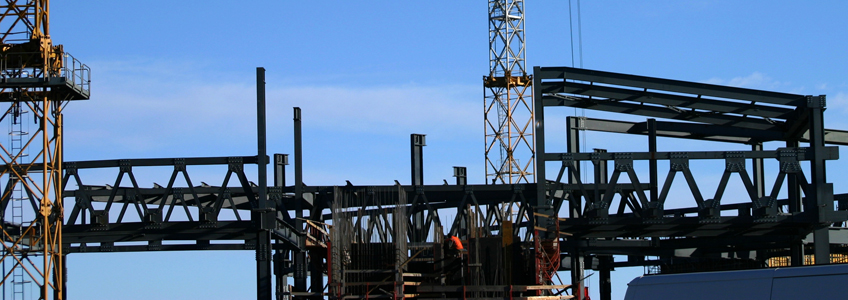Alberta Court of Appeal confirms no duty to disclose existence of labour and material bond unless asked
By Brian P. Reid, Chistopher Petrucci and Michael LowLabour and material payment bonds (L&M Bonds) serve an important purpose on a construction project by providing security for subcontractors and suppliers and by reducing the risk of builders' liens.
In Valard Construction Ltd v Bird Construction Company, 2016 ABCA 249 [Valard], a majority of the Alberta Court of Appeal confirmed that, unless asked, an owner/trustee under an L&M Bond has no duty to disclose its existence to subcontractors or suppliers.
Background
In Valard, the respondent, Bird Construction Company (Bird), was the general contractor on a construction project and it had required its subcontractor, Langford Electric Ltd. (Langford), to obtain an L&M Bond. The appellant, Valard Construction Ltd. (Valard), a subcontractor to Langford, was not fully paid by Langford and was not initially aware of the existence of the L&M Bond. After later discovering that an L&M Bond existed, its attempted claim was denied because the notice period for making a claim under the bond had expired. Valard argued that Bird had a positive duty to inform Valard of the L&M Bond and that Bird breached that duty by failing to disclose its existence. Since Langford was insolvent, the only potential prospect of recovery for Valard was under the L&M Bond.
Alberta Court Of Appeal Decision
A majority of the Alberta Court of Appeal dismissed Valard's appeal and confirmed that unless a subcontractor requests information about an L&M Bond (as it may be legally entitled to do under section 33 of the Alberta Builders' Lien Act), an owner under an L&M Bond does not have a positive legal duty to disclose its existence. The Court also held that while L&M Bonds create limited trusts for the purpose of allowing non-party beneficiaries to make claims, this relationship is not a fiduciary one. The Court further found that Valard was a sophisticated party who could have easily verified the existence of the L&M Bond. As such, the Court concluded that the language of the L&M Bond contained the entirety of the duties owed by Bird to Valard, that Bird acted honestly at all material times, and as such, Bird did not have a legal duty to inform Valard about the existence of the L&M bond.
In dissent, Justice Wakeling held that all trustees, including those under an L&M Bond, have onerous obligations as a fiduciary and are therefore required to take "reasonable steps" to inform a "sufficiently large segment" of the beneficiary class about the existence of an L&M Bond. In determining what constitutes a reasonable step Justice Wakeling suggested, as an example, the posting of the L&M bond at Bird's site office.
Implications
L&M Bonds provide subcontractors and suppliers with security in the unfortunate event a general contractor defaults on its payment obligations. However, L&M Bonds contain a number of strict notice and other technical requirements that must be complied with, failing which the claim will be denied. From a subcontractor's point of view, the Court of Appeal's decision in Valard emphasizes the importance of taking steps to determine whether an L&M Bond exists and to strictly comply with the notice provisions in the bond. Such steps can include requesting bond information under section 33 of the Alberta Builders' Lien Act, and generally making the appropriate inquiries with the owner and general contractor. If a subcontractor fails to take such reasonable steps, the Valard decision may apply to prevent the subcontractor from recovering against this important form of security.
Please note that this publication presents an overview of notable legal trends and related updates. It is intended for informational purposes and not as a replacement for detailed legal advice. If you need guidance tailored to your specific circumstances, please contact one of the authors to explore how we can help you navigate your legal needs.
For permission to republish this or any other publication, contact Amrita Kochhar at kochhara@bennettjones.com.







